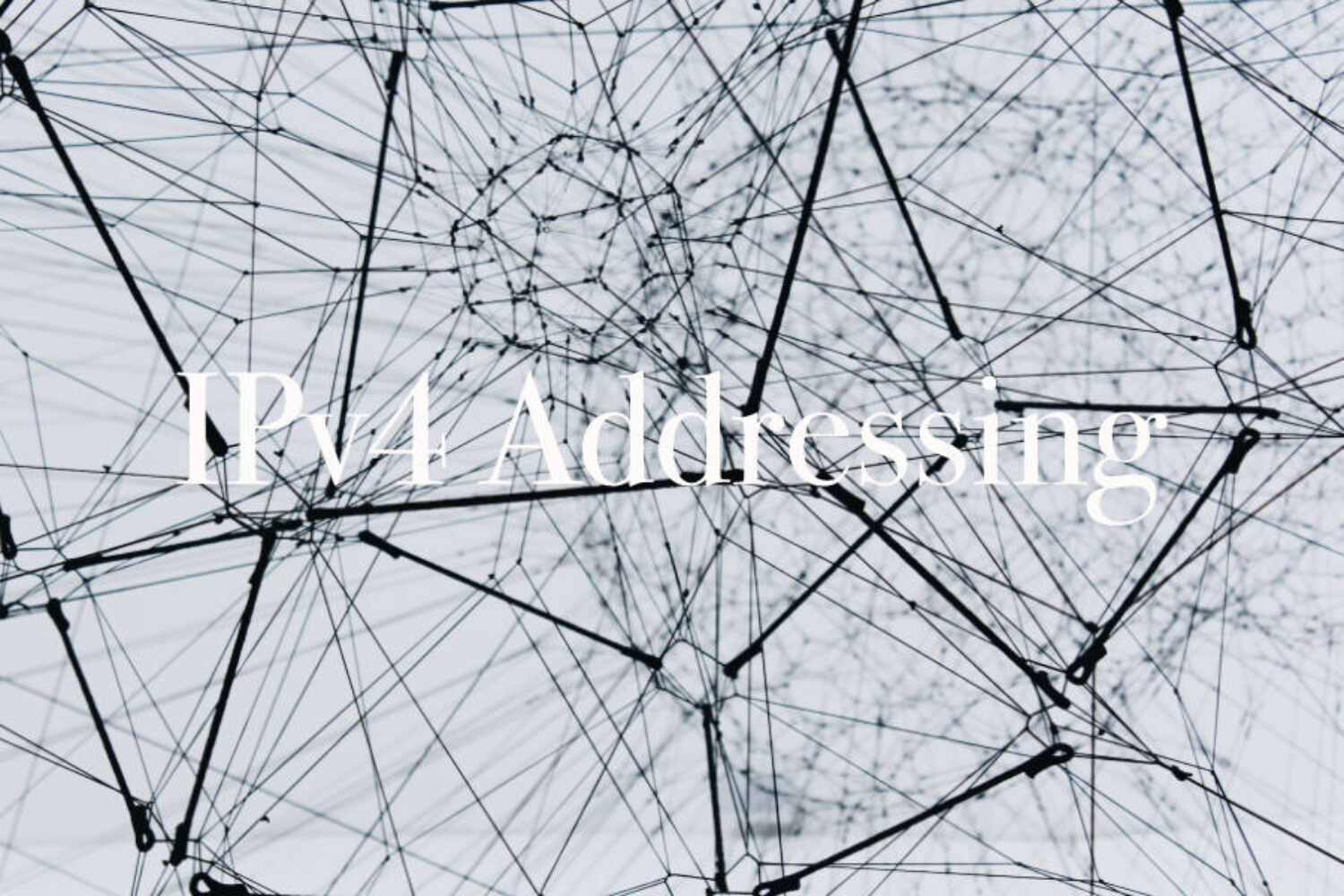In the world of networking, IP addresses play a vital role in identifying and connecting devices on the internet. One of the most commonly used IP address versions is IPv4 (Internet Protocol version 4), which uses a 32-bit address. IPv4 addresses are not just random strings of numbers; they are organized hierarchically to efficiently manage and route traffic across the internet. In this article, we’ll explore the hierarchical nature of IPv4 addresses, which consist of two main parts: the network and the host.
IPv4 Address Structure
An IPv4 address is typically represented as four octets separated by periods, for example, 192.168.5.11. Each octet consists of 8 bits, allowing for a total of 32 bits in an IPv4 address. The hierarchical structure of an IPv4 address is what makes it so powerful.
Network Portion:
The first part of the IPv4 address, often referred to as the network portion, identifies the logical network to which the host belongs. In our example, 192.168.5 represents the network portion. This portion helps routers determine how to reach different networks. Routers are the traffic cops of the internet, and they need to know how to reach different networks efficiently. The network portion of the address guides routers in making these decisions.
Host Portion:
The host portion of the IPv4 address identifies the specific device within that network. In our example, 11 is the host portion, which uniquely identifies the host. Within a given network, no two devices can have the same host portion. This uniqueness is crucial for devices to communicate effectively.
Subnet Mask:
A subnet mask is used in conjunction with the network portion to delineate the boundary between the network and host portions. In our example, the subnet mask is 255.255.255.0. This mask indicates that the first 24 bits (3 octets) are assigned to the network, while the remaining 8 bits (1 octet) are for host addressing. Subnet masks come in various forms, depending on the size and complexity of the network.
Hierarchical Addressing
This hierarchical addressing system simplifies network management and routing. Instead of routers needing to know the precise location of every individual host, they only need to understand how to reach each network. When a device wants to communicate with another device on a different network, the router uses the network portion of the destination IP address to determine the appropriate path. This hierarchical structure significantly reduces the complexity of routing in large networks.
Furthermore, hierarchical addressing enables the coexistence of multiple logical networks on a single physical network. As long as the network portion of the logical network host addresses differs, multiple networks can operate over the same physical infrastructure. This is a fundamental concept that has allowed the Internet to scale and accommodate countless devices and networks.
In conclusion, the logical 32-bit IPv4 address is a masterpiece of hierarchical design. It divides addresses into network and host portions, simplifying routing and enabling the coexistence of multiple networks. This foundational concept is at the core of the internet’s success in connecting the world. Understanding how IPv4 addresses are structured helps network administrators and engineers effectively manage and optimize their networks.
